
News
Matcha vs. Coffee: A Comprehensive Comparison of Health Benefits and Drawbacks
This article provides a comprehensive comparison between matcha and coffee, two popular beverages that are consumed for their energizing and health-promoting properties. The article explores the differences between matcha and...
Matcha vs. Coffee: A Comprehensive Comparison of Health Benefits and Drawbacks
Table of Contents:
-
Introduction
-
Matcha vs. Coffee: Chemical Composition and Effects
-
Benefits of Matcha
-
Drawbacks of Matcha
-
Benefits of Coffee
-
Drawbacks of Coffee
-
Conclusion
Introduction:
When it comes to a morning pick-me-up, many people reach for coffee. However, in recent years, another beverage has been gaining popularity as a healthier alternative - matcha.
Matcha is a type of green tea that is ground into a fine powder and consumed in its entirety, whereas coffee is made by steeping roasted coffee beans in hot water.
In this article, we will explore the differences between matcha and coffee and discuss the benefits and drawbacks of each.
Matcha vs. Coffee:
Matcha and coffee have different chemical compositions and therefore affect the body differently. Matcha contains a unique type of caffeine called theophylline, which is released slowly over time and produces a more sustained energy boost. Coffee, on the other hand, contains a type of caffeine called caffeine anhydrous, which is released quickly and produces a more immediate energy boost.
Another difference between matcha and coffee is their antioxidant content. Matcha is particularly high in a type of antioxidant called catechins, which have been linked to a reduced risk of chronic diseases such as cancer, heart disease, and diabetes. Coffee also contains antioxidants, but not in as high of a concentration as matcha.
Matcha is also known for its high concentration of L-theanine, an amino acid that promotes relaxation and reduces anxiety. This is because L-theanine increases the production of alpha waves in the brain, which induce a state of calmness. Coffee does not contain L-theanine and may actually increase feelings of anxiety and restlessness in some individuals.
Benefits of Matcha:

In addition to its high antioxidant and L-theanine content, matcha has several other health benefits. For example, matcha has been shown to improve brain function, increase fat burning, and lower the risk of certain types of cancer.
Matcha is also a great source of vitamins and minerals, including vitamin C, potassium, iron, and calcium. It is also a good source of fiber, which helps regulate digestion and maintain a healthy gut.
Drawbacks of Matcha:
While matcha has many benefits, there are also some potential drawbacks to consider. Matcha is high in caffeine, which can cause jitteriness, insomnia, and other side effects in some individuals. It is also relatively expensive compared to coffee, which may be a barrier for some consumers.
Benefits of Coffee:

Coffee also has several health benefits. For example, coffee has been shown to improve brain function, increase metabolism, and lower the risk of certain types of cancer. Coffee is also a good source of antioxidants and may have anti-inflammatory effects.
Coffee is also relatively inexpensive and widely available, making it a convenient choice for many people.
Drawbacks of Coffee:
Like matcha, coffee also has potential drawbacks to consider. Coffee can cause jitteriness, insomnia, and other side effects in some individuals. It can also cause digestive issues such as acid reflux and may interfere with the absorption of certain minerals.
Furthermore, some types of coffee contain high levels of mycotoxins, which are toxic substances produced by fungi. This can be a concern for individuals who drink coffee on a regular basis.
Conclusion:

In conclusion, both matcha and coffee have their own unique benefits and drawbacks, and the choice between the two ultimately depends on individual preferences and health needs.
If you're interested in trying matcha, we highly recommend our organic Uji matcha, sourced from high-quality tea leaves and ground into a fine powder for a smooth and satisfying taste. Click the link to purchase our organic Uji matcha and experience the many health benefits of this delicious beverage.
Thank you for reading!
Subscribe to this blog's RSS feed using http://premium-health-japan.myshopify.com/blogs/news.atom
The Zen of Matcha: How This Green Tea Can Help You Relax and De-stress
This article explores how matcha, a type of green tea, can help reduce stress and promote relaxation. Matcha contains L-theanine, an amino acid that increases alpha waves in the brain...
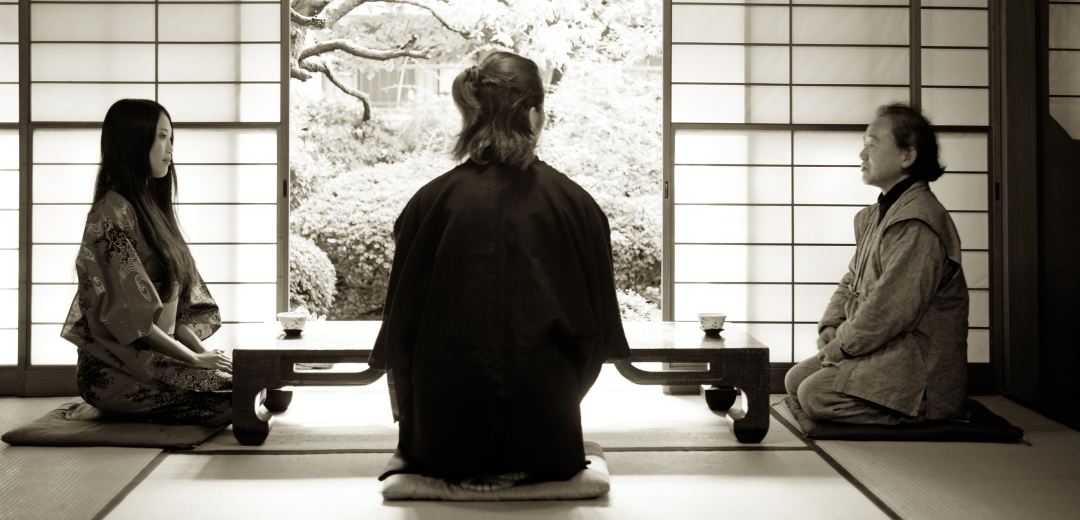
The Zen of Matcha: How This Green Tea Can Help You Relax and De-stress
Table of Contents:
-
Introduction
-
What is Matcha?
-
How Matcha Can Help You Relax
-
The Benefits of Drinking Matcha
-
How to Prepare Matcha
-
Tips for Incorporating Matcha into Your Routine
-
The Bottom Line
-
FAQs
-
Conclusion
1. Introduction
In today's fast-paced world, stress is a common problem that affects many people. The demands of work, family, and other responsibilities can leave us feeling overwhelmed and anxious.
Fortunately, there are many natural remedies that can help us relax and reduce stress. One such remedy is matcha, a type of green tea that has been used for centuries in Japanese tea ceremonies.
In this article, we will explore the benefits of matcha for relaxation and stress reduction.
2. What is Matcha?
Matcha is a type of green tea that is grown and processed differently than other types of green tea. It is made from shade-grown tea leaves, which are ground into a fine powder. This powder is then whisked with hot water to create a frothy, bright green tea with a unique flavor.
3. How Matcha Can Help You Relax

Matcha contains an amino acid called L-theanine, which has been shown to promote relaxation and reduce stress.
L-theanine works by increasing the production of alpha waves in the brain, which are associated with relaxation and reduced anxiety.
In addition, matcha contains caffeine, which can help you feel more alert and focused while also promoting a sense of calm.
4. The Benefits of Drinking Matcha Tea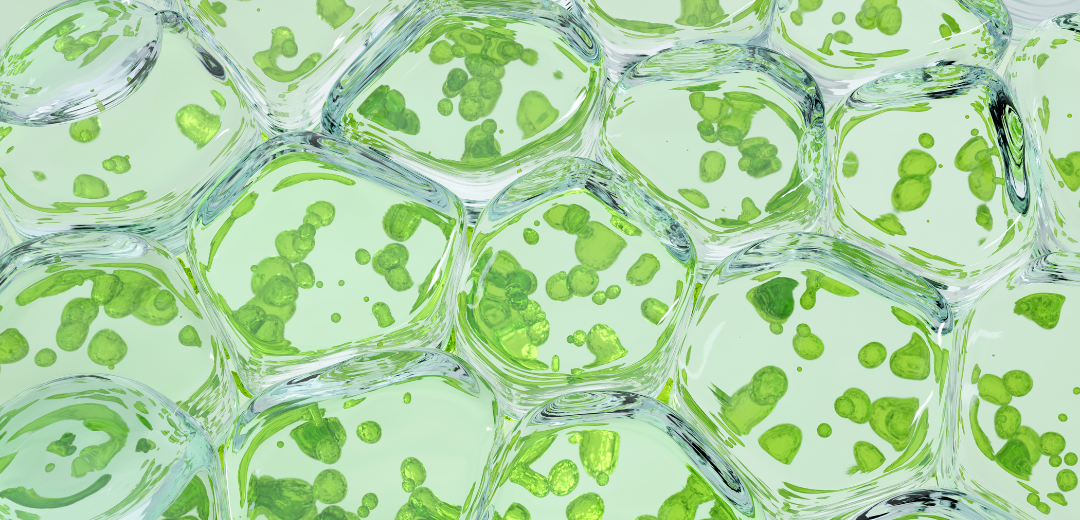
In addition to its relaxing properties, Japanese matcha offers many other health benefits. It is rich in antioxidants, which help to protect your body against damage from free radicals.
Matcha also contains chlorophyll, which can help to detoxify your body and promote healthy digestion. Some studies have even suggested that matcha may help to lower cholesterol levels and reduce the risk of heart disease.
You can read more about the health benefits of matcha here.
5. How to Prepare Matcha
To prepare matcha, you will need a few specialized tools, including a traditional bamboo matcha whisk and a special bowl called a chawan.
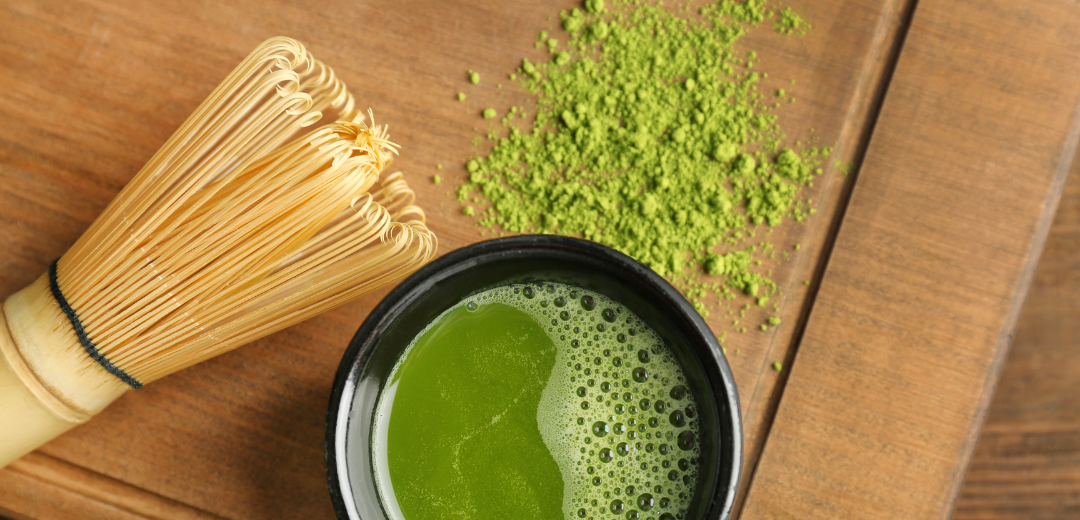
Here's how to make matcha:
-
Heat water in a kettle until it reaches a temperature of about 175°F (75-80° C).
-
Add one teaspoon of matcha green tea powder to your chawan.
-
Slowly add the hot water to the chawan.
-
Use your bamboo whisk to whisk the matcha and hot water together until the mixture becomes frothy.
-
Enjoy your matcha!
6. Tips for Incorporating Matcha into Your Routine
If you're interested in incorporating matcha into your routine, here are a few tips to get you started:
-
Start with a small amount of matcha and gradually increase your intake as you become more accustomed to the flavor and effects.
-
Try adding matcha to your smoothies, oatmeal (porridge), or baked goods for a healthy and delicious boost.
-
Experiment with different grades of matcha to find the one that suits your taste preferences and budget.
-
Drink matcha in the morning or early afternoon to avoid disrupting your sleep.
7. The Bottom Line
If you're looking for a natural way to relax and reduce stress, matcha may be just what you need. With its unique combination of L-theanine and caffeine, as well as its many other health benefits, matcha is a great choice for anyone looking to improve their overall health and well-being.
 8. FAQs
8. FAQs
Is matcha safe to drink?
Yes, matcha is safe for most people to drink. However, if you have a sensitivity to caffeine or are pregnant or breast feeding, you should talk to your doctor before drinking matcha.
How much matcha should I drink per day?
Most experts recommend drinking no more than 2-3 cups of matcha per day.
Can I add sweetener to my matcha?
Yes, you can add sweetener to your matcha if you prefer a sweeter taste. However, be aware that adding sugar or other sweeteners can negate some of the health benefits of matcha and may contribute to weight gain or other negative health effects.
Is matcha more expensive than other types of green tea?
Yes, matcha is generally more expensive than other types of green tea. This is because of the labor-intensive process involved in growing, harvesting, and processing the tea leaves.
Where can I buy matcha?
Matcha can be found at most health food stores, specialty tea shops, and online retailers. It's important to choose a high-quality matcha from a reputable source to ensure that you're getting the full benefits of the tea.
Looking to save time when searching for the perfect matcha retailer? Look no further! Our matcha is sourced exclusively from certified organic tea gardens located in Uji, Kyoto - known for producing some of the finest matcha in the world. We take pride in using only the highest quality matcha tea leaves, carefully selected from the first spring harvest. Don't settle for anything less than the best - try our limited and special matcha today!
9. Conclusion
Matcha tea is a delicious and healthy way to relax and reduce stress. With its unique combination of L-theanine and caffeine, as well as its many other health benefits, matcha is a great choice for anyone looking to improve their overall well-being.
By incorporating matcha into your daily routine, you can enjoy a moment of zen in even the busiest of days. So why not give it a try today?

The Ultimate Guide to Matcha: Health Benefits, Quality, and Preparation
Discover the vibrant world of matcha, a nutrient-rich green tea powder with numerous health benefits, ranging from antioxidants to metabolism support. Our comprehensive guide covers everything from matcha's health advantages...
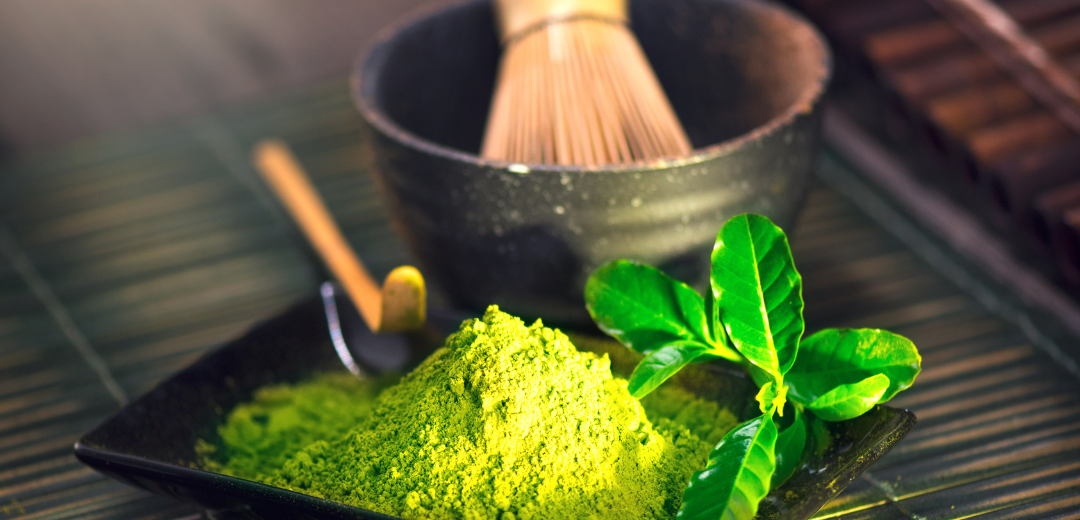
The Ultimate Guide to Matcha: Health Benefits, Quality, and Preparation
-
Introduction
-
Health Benefits of Matcha
-
Quality and Grades of Matcha
-
How to Prepare Matcha
-
Matcha Recipes and Uses
-
How to Store Matcha
-
Conclusion
1. Introduction
Discover the vibrant world of matcha, a finely ground green tea powder that has been a cornerstone of Japanese culture for centuries. Its rich taste and health benefits make it a popular choice for tea enthusiasts and health-conscious individuals alike. This comprehensive guide will explore the various health benefits, quality and grades, and methods of preparing and using matcha in various recipes.
2. Health Benefits of Matcha

2.1 Rich in Antioxidants
Matcha contains high levels of antioxidants, including EGCG (epigallocatechin gallate), which is known for its cancer-fighting properties. These antioxidants help neutralize free radicals, reducing oxidative stress and inflammation in the body.
2.2 Boosts Metabolism and Weight Loss
Matcha has been shown to increase metabolism and help with weight loss by promoting fat oxidation and thermogenesis, which is the body's process of burning calories to produce heat.
2.3 Enhances Focus and Mental Clarity
Matcha contains L-theanine, an amino acid that promotes relaxation and improves cognitive function. Combined with caffeine, it creates a balanced and sustained energy boost without the jitters or crashes associated with other stimulants.
2.4 Supports Heart Health
Regular consumption of matcha can help lower LDL ("bad") cholesterol levels and reduce the risk of heart disease.
3. Quality and Grades of Matcha
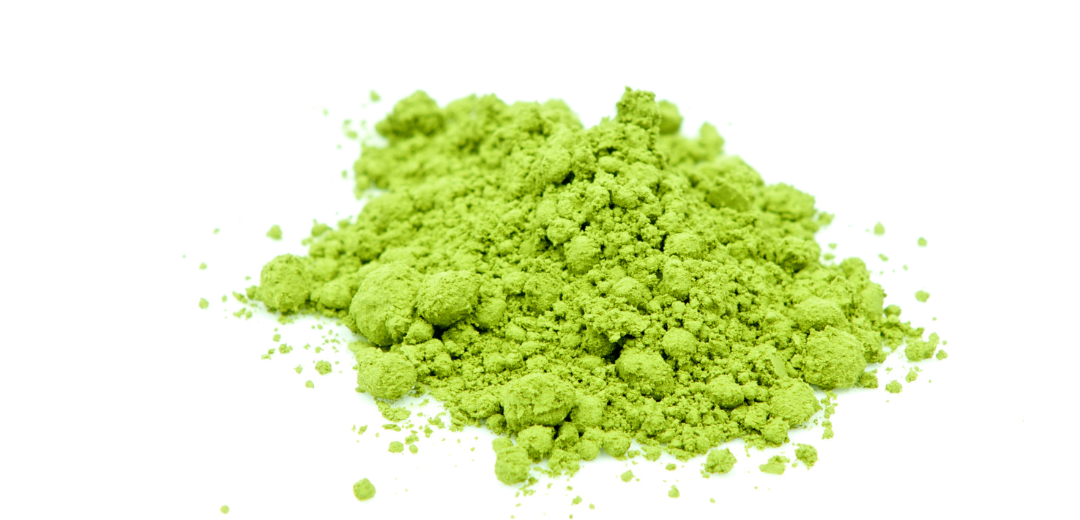
3.1 Ceremonial Grade
Ceremonial grade matcha is the highest quality and is made from the youngest, shade-grown tea leaves. It has a bright green color, smooth texture, and a sweet, delicate flavor, making it perfect for traditional Japanese tea ceremonies.
3.2 Premium Grade
Premium grade matcha is a high-quality option for daily consumption. While not as refined as ceremonial grade, it still offers a vibrant green color and pleasant taste, suitable for drinking straight or mixed into lattes and smoothies.
3.3 Culinary Grade
Culinary grade matcha is best used for cooking and baking, as its flavor is more robust and slightly bitter compared to the higher grades. It is more affordable and is ideal for incorporating into recipes like matcha ice cream, baked goods, and salad dressings.
4. How to Prepare Matcha
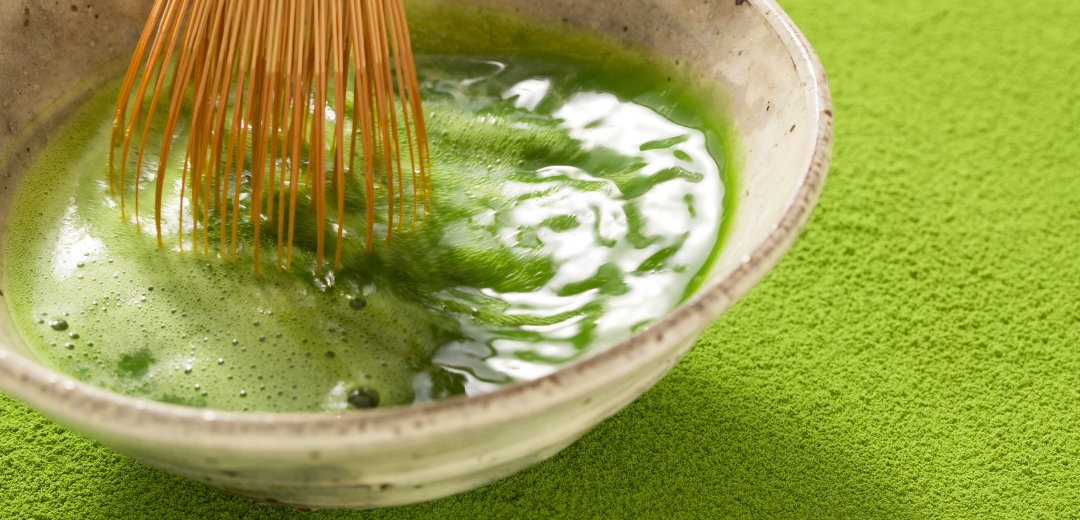
4.1 Traditional Matcha Preparation
Sift 1-2 teaspoons of matcha powder into a bowl to remove any clumps.
Add 2-4 ounces of hot water (not boiling) at around 175°F (80°C).
Use a bamboo whisk (chasen) to whisk the matcha and water in a zigzag motion until a smooth, frothy layer forms on the surface.
4.2 Modern Matcha Preparation
Combine 1-2 teaspoons of matcha powder with 8-12 ounces of hot water or milk in a blender or shaker bottle.
2. Blend or shake vigorously until the matcha is fully incorporated and a frothy layer forms on the surface.
Pour into a glass and enjoy immediately. Feel free to sweeten to taste or add ice for a refreshing iced matcha beverage.
5. Matcha Recipes and Uses
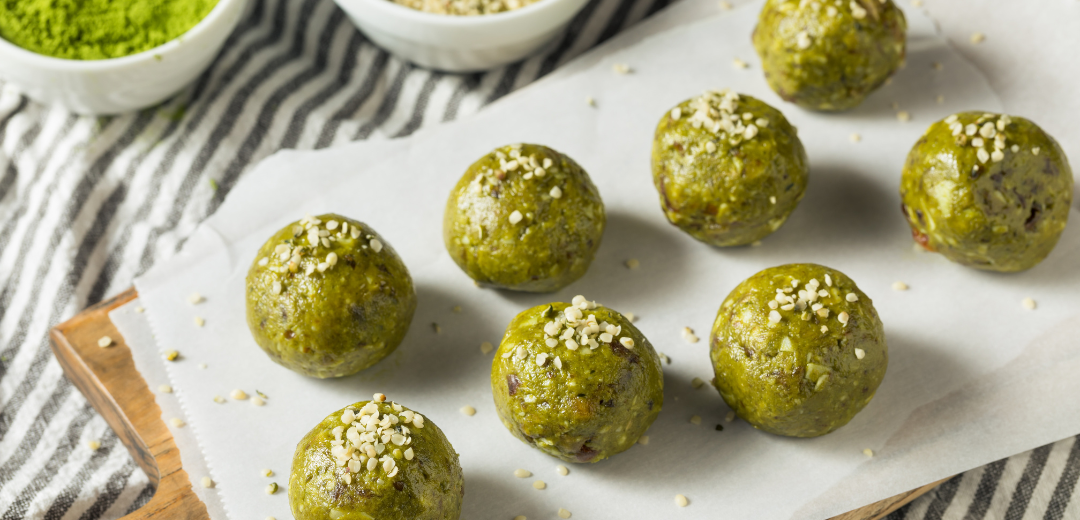
5.1 Matcha Latte
Whisk 1 teaspoon of matcha powder with 2 ounces of hot water until frothy.
Heat 8 ounces of milk (dairy or non-dairy) and sweeten to taste.
Pour the heated milk over the prepared matcha and stir gently to combine.
5.2 Matcha Smoothie
In a blender, combine 1 teaspoon of matcha powder, 1 cup of milk (dairy or non-dairy), 1 banana, and a handful of spinach or kale.
Blend until smooth, adding ice or more liquid as needed to achieve desired consistency.
5.3 Matcha Energy Bites
In a bowl, mix 1 cup of rolled oats, 1/2 cup of almond butter, 1/4 cup of honey, 2 tablespoons of matcha powder, and 1/2 cup of chopped nuts or dried fruit.
Roll the mixture into bite-sized balls and refrigerate for at least 30 minutes before enjoying.
Check out more delicious matcha recipes here.
6. How to Store Matcha
To preserve the freshness and potency of your matcha, follow these storage tips:
Keep matcha in an airtight container, away from direct sunlight and heat.
Store in a cool, dry place, such as a pantry or cupboard, or even better, in the fridge.
Use a clean, dry spoon when scooping matcha powder to avoid introducing moisture into the container.
7. Conclusion
Matcha offers a unique combination of health benefits, versatility in recipes, and an enjoyable taste experience. By understanding the differences in quality and grades, as well as the proper preparation techniques, you can fully appreciate this extraordinary green tea powder. Whether you're enjoying a traditional tea ceremony or indulging in a delicious matcha-infused dessert, the world of matcha awaits your discovery.
Matcha Latte
Learn about the antioxidant content, energy-boosting, and stress-reducing effects of matcha latte. Compare it to coffee and find answers to common safety and moderation questions.
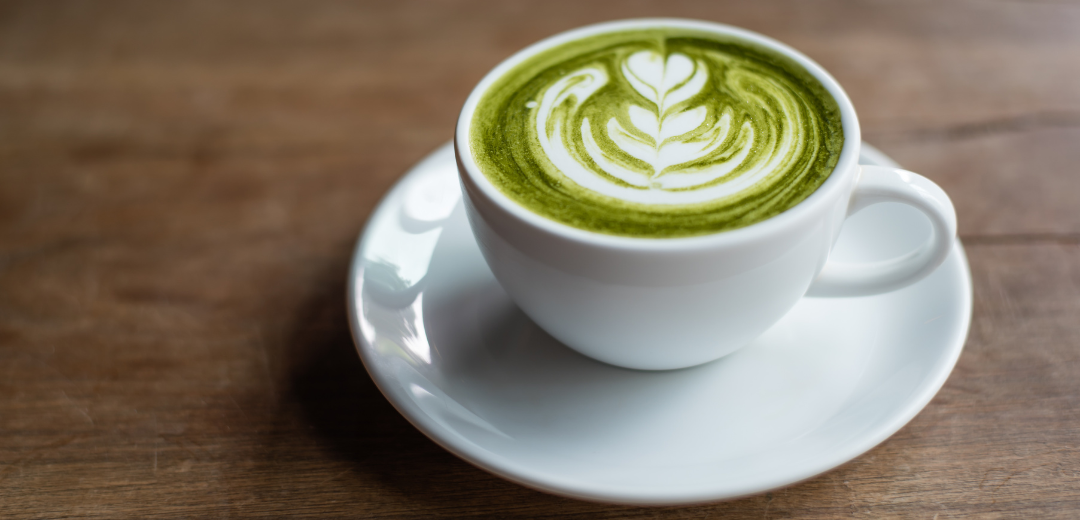
What is a matcha latte?
A traditional matcha tea latte is a type of warm beverage that combines the intense, green tea flavour of matcha powder with creamy, frothed milk. The result is a smooth, comforting drink that is both energizing and absolutely delicious.
It is often enjoyed as a morning pick-me-up or as a relaxing treat during the afternoon. Matcha lattes are becoming increasingly popular due to the health benefits of matcha and the growing trend for specialty coffee drinks.

Are Matcha lattes healthy?
Matcha green tea lattes can certainly be considered a healthier alternative to other caffeinated drinks such as coffee or soft drinks (soda). Matcha powder is made from shaded and ground green tea leaves, which makes it a highly concentrated source of antioxidants, fiber, and other beneficial compounds. These compounds can help to boost energy levels, improve mental alertness and cognitive function, and protect against oxidative stress and damage.
However, it's important to keep in mind that a typical starbucks matcha latte contains added sugar and frothed milk, which can add extra calories and decrease the overall health benefits. It's best to choose an unsweetened, organic matcha powder and use low-fat or a plant-based milk for a healthier drink. Moderation is also key with any food or drink, so it's important to not overindulge and enjoy your matcha latte as part of a balanced diet.

Is matcha latte healthier than coffee?
Matcha green tea latte and coffee both have their own unique benefits and drawbacks. It's difficult to say definitively whether a matcha latte is healthier than a coffee, as this can depend on various factors such as the preparation method, ingredients used, and personal health goals.
Matcha is a type of powdered green tea that is made from shade-grown tea leaves that are ground into fine powder. Matcha is rich in antioxidants, polyphenols, and amino acids, and has been linked to a number of health benefits, including improved heart health, increased energy and concentration, and reduced stress levels.
Coffee, on the other hand, is a rich source of caffeine, which can provide a quick boost of energy and improved mental focus. Coffee also contains antioxidants, which can help to reduce the risk of certain diseases.
It's important to keep in mind that while both matcha lattes and coffee can be enjoyed as part of a balanced diet, excessive consumption of either drink can have negative effects on your health. For example, excessive caffeine intake can lead to anxiety, and disrupted sleep patterns. Additionally, adding too much sugar or high-fat dairy products to your matcha latte or coffee can increase the calorie and fat content of the drink, which is obviously not good for your health.
Ultimately, the best choice for you will depend on your personal health goals, as well as your taste preferences. For me personally, I love coffee and matcha, and enjoy them both in moderation on a daily basis.
Subscribe to this blog's RSS feed using http://premium-health-japan.myshopify.com/blogs/news.atom
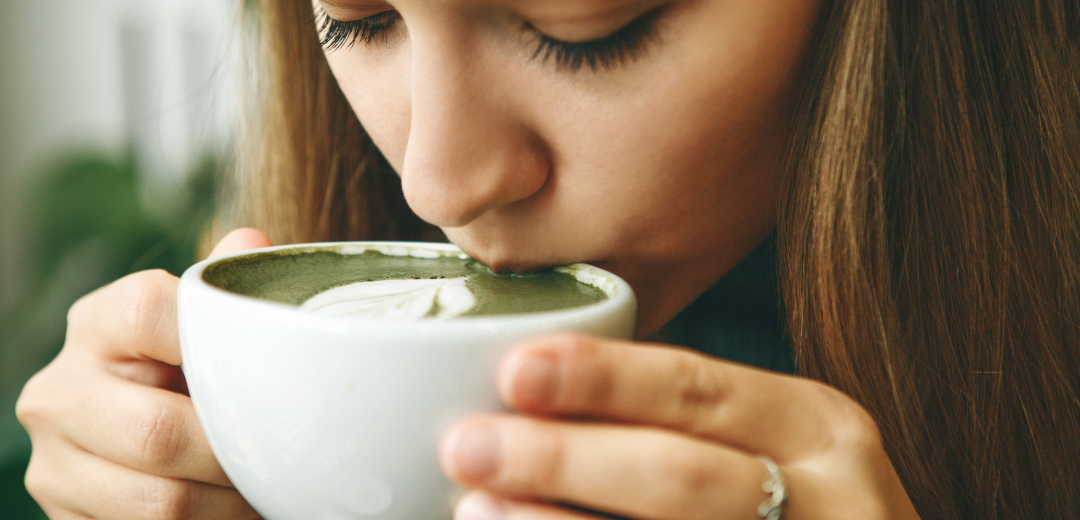
Is it OK to drink matcha latte everyday?
It's generally considered safe to drink a matcha green tea latte every day. Matcha is rich in antioxidants and nutrients that have various health benefits, such as boosting the immune system, improving mental clarity, and promoting heart health.
However, it's important to keep in mind that matcha tea lattes often contain added sugars or syrups, which can contribute to weight gain, tooth decay, and other health problems if consumed in excess. Additionally, matcha contains caffeine, which can cause insomnia, and other side effects if consumed in large amounts.
It's therefore recommended to drink your matcha green tea latte in moderation, and to choose a low-sugar or sugar-free option if possible. It's also important to consult with a healthcare professional before making matcha lattes a regular part of your diet, especially if you have any pre-existing health conditions or take any medications.
While drinking matcha lattes every day can be a delicious and healthy habit when consumed in moderation, it's important to be mindful of the sugar and caffeine content and to consult with a healthcare professional if necessary.

What are the benefits of drinking matcha latte?
Drinking matcha latte can offer a number of potential health benefits, including:
-
Antioxidant-rich: Matcha is made from shade-grown tea leaves that are rich in antioxidants, which can help to protect your cells from damage caused by free radicals.
-
Increased energy and concentration: Matcha contains caffeine and the amino acid L-theanine, which can provide a natural boost of energy and improve mental focus.
-
Reduced stress levels: L-theanine in matcha has been shown to help reduce stress and promote relaxation.
-
Improved heart health: The antioxidants and polyphenols in matcha have been linked to improved heart health by reducing blood pressure and improving cholesterol levels.
-
Boosted metabolism: Some studies have suggested that the catechins in matcha can help to boost metabolism and increase fat oxidation, which may aid in weight loss.
-
Better skin health: The antioxidants in matcha can also help to protect your skin from damage caused by free radicals, which can lead to a more youthful, radiant complexion.
Click the link to read more about matcha health benefits.
It's important to note that while drinking matcha latte can offer these potential health benefits, it should be consumed in moderation as part of a balanced diet, and excessive consumption of matcha or any other food or drink can have negative effects on your health.
Additionally, it's a good idea to opt for natural sweeteners such as maple syrup, honey, agave, and coconut sugar. Plant-based milks such as coconut milk, oat milk, unsweetened almond milk, as well as good quality matcha powder, all make for a very good recipe and delicious drink!
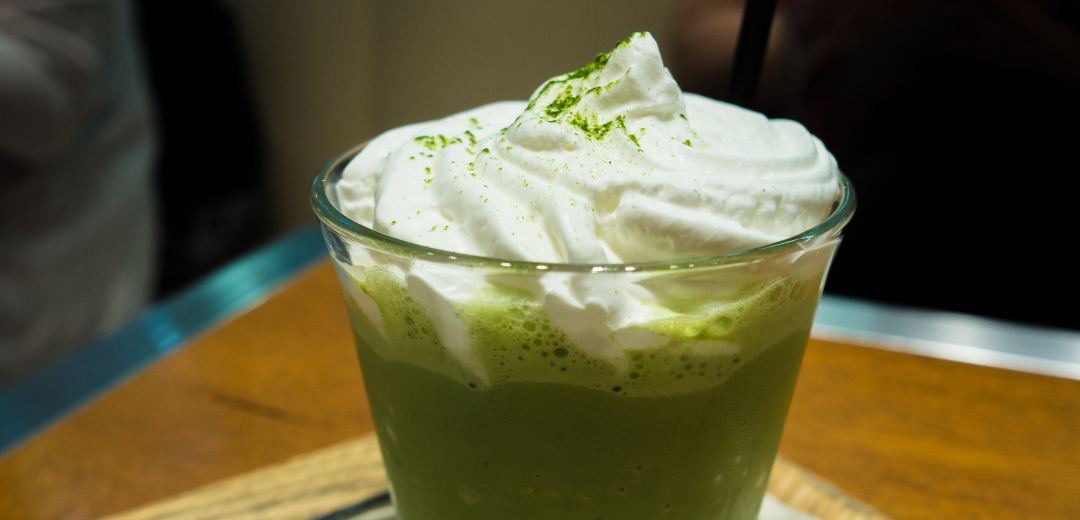
Make a Matcha Latte at Home
Making a matcha latte at home is a simple and easy process. Here's a basic recipe that you can follow:
Ingredients:
-
1 tsp of matcha green tea powder
-
2 oz of hot water
-
8 oz of milk
-
1-2 tsp of honey or sweetener of your choice (optional)
-
Whipped cream (optional)
Instructions:
-
In a small bowl, whisk together the matcha green tea powder and hot water until smooth and frothy.
-
In a saucepan, heat the milk until it starts to steam. Do not boil.
-
Pour the steamed milk into a large mug.
-
Add the matcha mixture to the mug and stir until well combined.
-
If desired, add the honey or sweetener and stir until dissolved.
-
Top with a dollop of whipped cream, if desired.
-
Serve immediately and enjoy your delicious homemade matcha green tea latte!
Note: You can use a milk frother or a whisk to froth the milk if you don't have a steam wand on your coffee machine. You can also experiment with different types of milk to find the one you prefer. Almond, oat, and light coconut milk are all popular options.
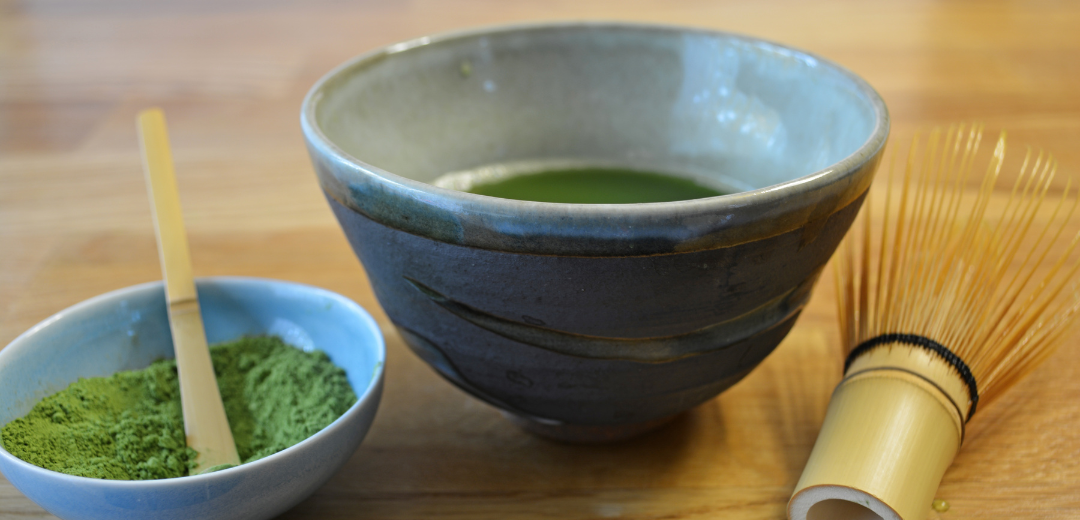
What Equipment Do I Need?
To make a matcha latte at home, you will need the following equipment:
-
Good quality matcha powder
-
Small bowl
-
Whisk or spoon
-
Saucepan
-
Milk frother (optional)
-
Large mug or cup
-
Spoon for stirring
If you want to steam the milk for your latte, you will also need a coffee machine with a steam wand or a separate milk frother. However, you can also heat the milk on the stovetop and use a whisk or a frother to froth it manually.
Having a kitchen scale can also be helpful when measuring out the matcha powder and other ingredients. This will ensure that your latte has the perfect balance of flavours.

What Matcha Powder to Use?
When it comes to making a delicious matcha latte, the quality of the matcha is key. The right matcha can make all the difference in the flavour and texture of your latte.
If you're looking for the best matcha powder for your latte, consider using our first spring harvest organic variety. Matcha from the first spring harvest in Uji is considered the finest and highest quality matcha. Our organic matcha is harvested only once each year, making it a rare and special ingredient.
Organic matcha powder is also a great option for those who are looking for a healthier alternative. Organic matcha is free from pesticides and chemicals, ensuring that you are consuming a pure and natural product.
By using the finest and highest quality matcha powder from the first spring harvest, you can create a delicious and authentic matcha latte that truly stands out. Whether you're a coffee connoisseur or simply looking for a new and interesting way to enjoy matcha, a high quality matcha powder is the perfect starting point.
For a more budget friendly options, check out our Premium Latte Grade Matcha here.

How to Make Matcha Without a Bamboo Whisk
A bamboo whisk is traditionally used to make matcha tea, but it's not essential to the process. If you don't have a bamboo matcha whisk, you can still make a delicious matcha latte using alternative tools.
Here's how to make matcha without a bamboo matcha whisk:
-
In a small bowl, sift the matcha powder to remove any lumps.
-
Add 2 oz of hot water to the bowl and stir the matcha with a spoon until it is completely dissolved and frothy.
-
If desired, add 1-2 tsp of honey or sweetener and stir until dissolved.
-
In a saucepan, heat the milk until it starts to steam. Be careful not to boil it.
-
If you want to froth the milk, use a milk frother or a kitchen whisk to create a creamy and frothy texture.
-
Pour the steamed milk into a large cup.
-
Add the matcha mixture to the cup and stir until well combined.
-
Top with a dollop of whipped cream, if you choose.
-
Serve immediately and enjoy your delicious matcha latte without a bamboo whisk!
Note: A blender or a hand-held frother can also be used to froth the milk if you don't have a milk frother. You can also experiment with different types of milk to find the one you prefer. Unsweetened almond milk and oat milk are popular options.
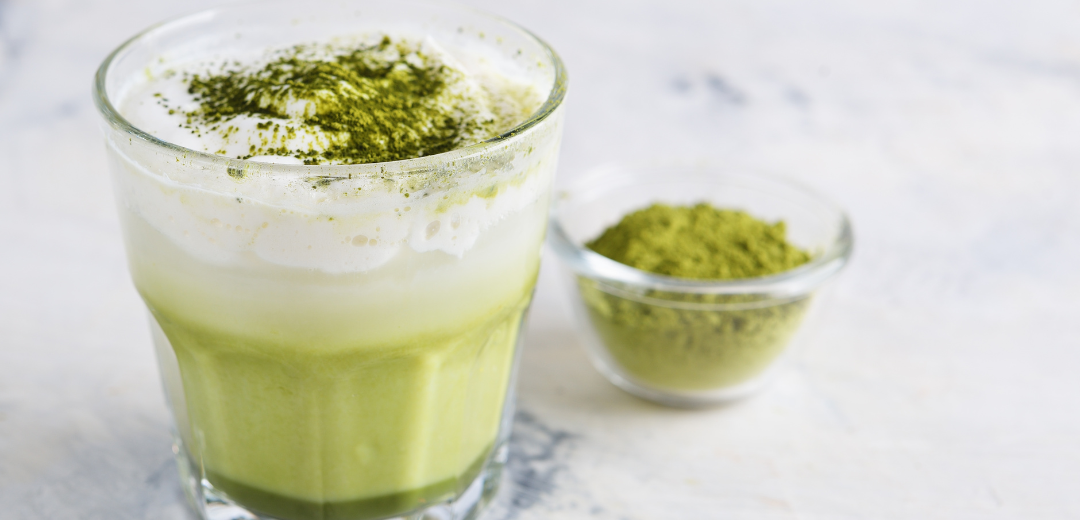
Our Popular Matcha Recipes You'll Enjoy
Here are some popular matcha recipes that you'll love:
-
Classic Matcha Latte: This is a traditional and easy recipe for making a delicious matcha latte at home. Simply mix together matcha powder, hot water, and steamed milk to create a creamy and frothy drink.
-
Matcha Smoothie: For a refreshing and nutritious drink, try making a matcha smoothie. Simply blend together high quality matcha powder, almond milk, frozen bananas, and your favourite fruit to create a delicious and healthy beverage.
-
Matcha Iced Latte: If you prefer your matcha drinks cold, try making a matcha iced latte. Simply mix together matcha powder, cold water, and your favourite milk over ice to create a refreshing and revitalizing drink.
-
Matcha Latte with Almond Milk: For a nutty twist on a classic matcha latte, try making a matcha latte with almond milk. The almond milk gives the latte a creamy and nutty flavour that complements the earthy flavour of matcha perfectly.
-
Matcha Green Tea Frappuccino: If you're looking for a sweet and creamy matcha drink, try making a matcha green tea frappuccino. Simply blend together matcha powder, cold water, maple syrup, and coconut milk to create a delicious and creamy frozen treat.
These are just a few of the many matcha recipes that you can try at home. Whether you prefer your matcha hot or cold, sweet or savory, there's a matcha recipe out there for you!
Check out more matcha recipes here.
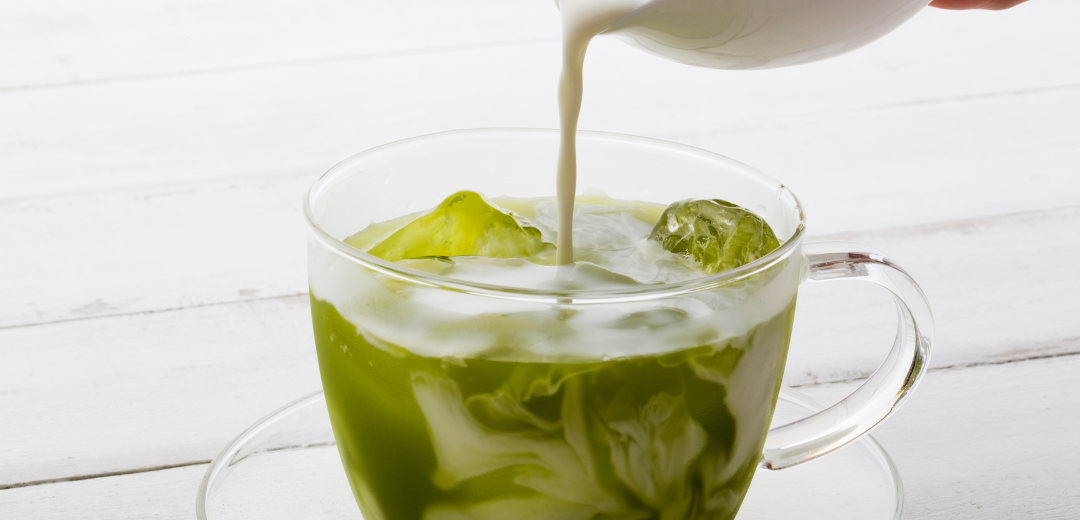
Which milk is best with matcha?
The best milk for a matcha latte depends on personal preference and dietary restrictions. Here are some of the most popular options:
-
Cow's milk is the traditional choice for matcha lattes, as it provides a creamy, rich flavour that complements the earthy taste of matcha. Whole milk is the most commonly used type, but skim or low-fat milk can also be used for a lighter version.
-
Soy milk is a popular alternative to cow's milk, and is particularly suitable for those who are lactose intolerant or vegan. Soy milk provides a slightly nutty flavour that pairs well with matcha.
-
Almond milk is another popular choice for those who are lactose intolerant or vegan, and also provides the slightly sweet, nutty flavour that complements matcha.
-
Oat milk is a popular alternative to dairy milk, and its creamy, slightly sweet flavour can complement the earthy taste of matcha powder. It's also a good choice for those who are lactose intolerant or following a plant-based diet, as it's dairy-free and vegan-friendly.
-
Coconut milk is another alternative to cow's milk, and is particularly suitable for those who are looking for a sweeter, creamier flavour. However, it is higher in saturated fat than other milks and may not be suitable for those following a low-fat diet.
Ultimately, the best milk for a matcha latte is one that complements the flavour of matcha and suits your personal taste preferences and dietary restrictions. You may need to experiment to find the perfect milk for you.
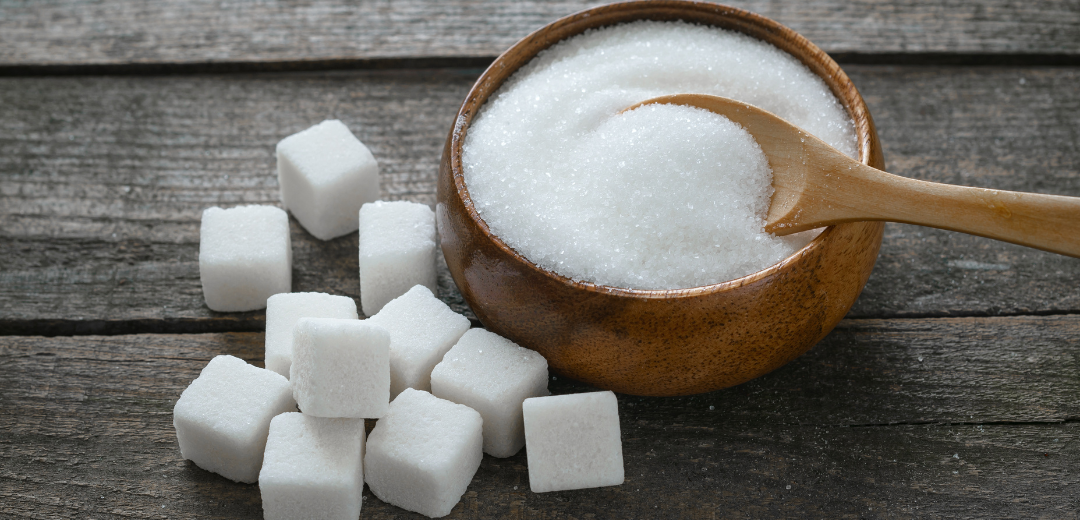
Do you put milk and sugar in matcha?
Whether to add milk and sugar to matcha is a matter of personal preference. Some people prefer to enjoy matcha on its own, with just water, in order to fully experience the natural flavour and nutritional benefits of the tea.
Others prefer to add milk and/or sugar to their matcha to create a sweeter, creamier drink. Milk can help to balance out the natural bitterness of latte grade matcha and make it more approachable for those who are new to the taste. Adding sugar can further enhance the sweetness of the drink.
It's important to note that adding milk and sugar to matcha can dilute its health benefits and increase the calorie content of the drink. If you're trying to maintain a healthy lifestyle, it may be best to enjoy your matcha with just water or a plant-based milk, and to limit the amount of sugar you add (try maple syrup, agave, or honey as an alternative to sugar). Opting for ceremonial grade matcha is the best choice as it's not bitter to taste and you'll be less inclined to add sugars or sweeteners.
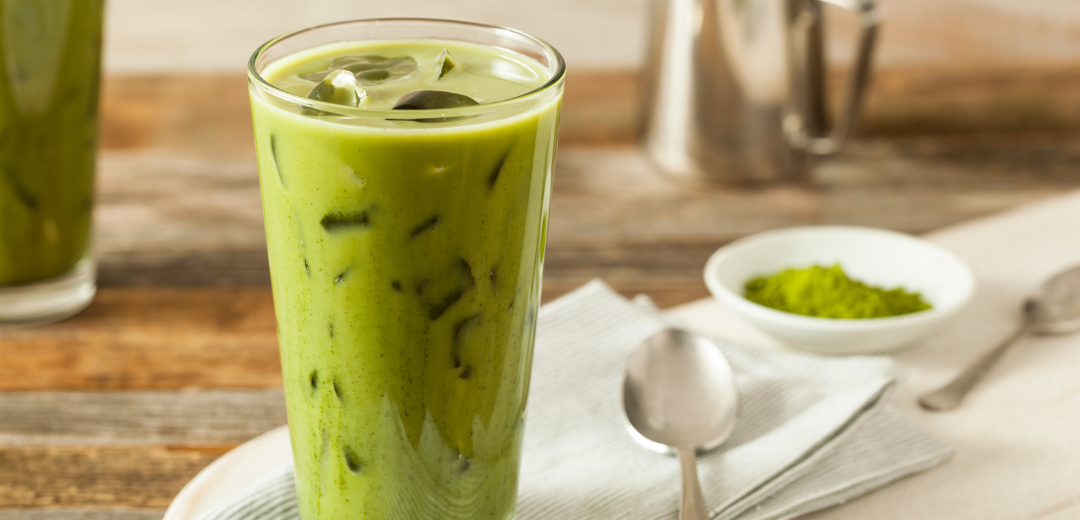
Can you just add matcha to milk?
Yes, you can add matcha to milk to create a simple and delicious drink. Simply mix your desired amount of matcha green tea powder with a small amount of warm milk to create a paste, then add the remaining milk and heat to your desired temperature. You can also froth the milk to create a creamy, latte-style drink.
It's important to note that when adding matcha to milk, it's best to use a high quality matcha powder to fully experience the flavour and various benefits of the tea. Using low quality or expired matcha can result in a drink that is bitter or off-tasting.
Adding matcha to milk is a great way to enjoy the tea in a simple, comforting way. Experiment with different ratios of matcha to milk to find your personal preference.

The Wonders of Matcha: A Comprehensive Guide
Matcha is a finely ground powder made from green tea leaves. It is rich in antioxidants, which can help to protect the body from damage caused by free radicals. Matcha...

Matcha, a finely ground powder of specially grown and processed green tea leaves, has been gaining popularity in recent years for its health benefits and unique taste. But what exactly is matcha and how is it different from regular green tea? In this article, we will explore the benefits of drinking matcha, its effects when consumed daily, and how it compares to other beverages such as coffee.
What are the benefits of matcha?

- Matcha is rich in antioxidants, which help to protect the body from damage caused by free radicals.
- It also contains high levels of theanine, an amino acid that promotes a calm and focused state of mind.
- Matcha has been shown to boost metabolism and aid in weight loss.
- It also has potential cancer-fighting properties and can help to lower cholesterol and blood sugar levels.
Read more about matcha benefits here.
What happens if you drink matcha everyday?

Drinking matcha on a daily basis can bring a host of health benefits, including improved cardiovascular health, increased energy, and a stronger immune system. However, as with any food or beverage, it is important to consume matcha in moderation and to listen to your body. Some people may experience stomach upset or allergic reactions to matcha.
How is matcha different from green tea?

While both matcha and green tea come from the same Camellia sinensis plant, the way they are grown, harvested, and processed is different. Matcha is grown in the shade for the last few weeks before harvest, which increases the chlorophyll content and gives matcha its bright green color. The leaves are then carefully ground into a fine powder, whereas green tea leaves are simply steamed and rolled. This means that when you drink matcha, you are consuming the entire leaf, rather than just the brewed water that green tea leaves have been steeped in.
Read more about matcha vs green tea.
Is matcha stronger than caffeine?

Matcha does contain caffeine, but it also contains theanine, an amino acid that promotes a calm and focused state of mind. This unique combination of caffeine and theanine is said to provide a more sustained and balanced energy boost compared to the jittery effects of caffeine alone. Additionally, matcha's caffeine content is lower than that of coffee, so it may be a better option for people sensitive to caffeine.
How often do Japanese drink matcha?

Matcha has been a traditional drink in Japan for centuries, and is still commonly consumed today. Matcha is used in traditional Japanese tea ceremonies, and is also a popular ingredient in many desserts and confections.
Who should not drink matcha tea?
- Pregnant or breastfeeding women should consult their doctors before drinking matcha
- People who are sensitive to caffeine should consume matcha in moderation
- Those who are taking blood thinners or blood pressure medications should talk to their doctor before consuming matcha
Does matcha tea burn belly fat?

While matcha does have the potential to aid in weight loss and boost metabolism, there is no scientific evidence to support the claim that it specifically targets belly fat.
Is matcha tea healthier than coffee?

Both matcha and coffee have their own unique health benefits. Matcha is high in antioxidants and can help to promote a calm and focused state of mind, while coffee is a good source of caffeine and can improve physical performance. Ultimately, it comes down to personal preference and what you are looking to get out of your drink.
When should I drink matcha tea?

Matcha can be enjoyed at any time of the day, but it's best to consume it early in the morning or in the afternoon, as it contains caffeine which can affect your sleep if consumed too close to bedtime. Some people prefer to drink it as a replacement for their morning cup of coffee, while others enjoy it as an afternoon pick-me-up. Experiment with different times of the day to see when you find matcha most beneficial.
Why drink matcha instead of coffee?

While coffee is a great source of caffeine, it can also cause jittery and anxious feelings for some people. Matcha, on the other hand, contains caffeine along with theanine, which can provide a more sustained and balanced energy boost. Additionally, matcha is rich in antioxidants and has potential cancer-fighting properties, making it a healthier alternative to coffee.
Is drinking matcha good for skin?

Matcha is rich in antioxidants and anti-inflammatory compounds that can help to protect the skin from damage caused by free radicals and pollution. It also contains high levels of vitamin C and E, which are essential for maintaining healthy skin. Drinking matcha can help to improve skin tone and texture, and may even slow down the signs of aging.
Pros and cons of matcha
Pros:
- High in antioxidants
- Promotes a calm and focused state of mind
- May aid in weight loss and boost metabolism
- Potential cancer-fighting properties
- Lower caffeine content than coffee
Cons:
- May cause stomach upset or allergic reactions for some people
- Pregnant or breastfeeding women should consult their doctor before drinking it
- People who are sensitive to caffeine should consume it in moderation
- Those who are taking blood thinners or blood pressure medications should talk to their doctor before consuming it.
Matcha is a highly nutritious and delicious beverage that can bring a host of health benefits. Its unique combination of caffeine and theanine can provide a sustained energy boost, and its high antioxidant content can help to protect the body from damage caused by free radicals. However, as with any food or beverage, it is important to consume matcha in moderation and to listen to your body. If you're looking for a healthier alternative to coffee, matcha is definitely worth a try.
Want to try high quality organic matcha from Japan?

How is matcha tea made?
Matcha tea is made from shaded camellia sinensis tea leaves that are steamed, dried, and stone ground into a fine powder. Tradtional Japanese tea farms use ancient techniques, with the help...
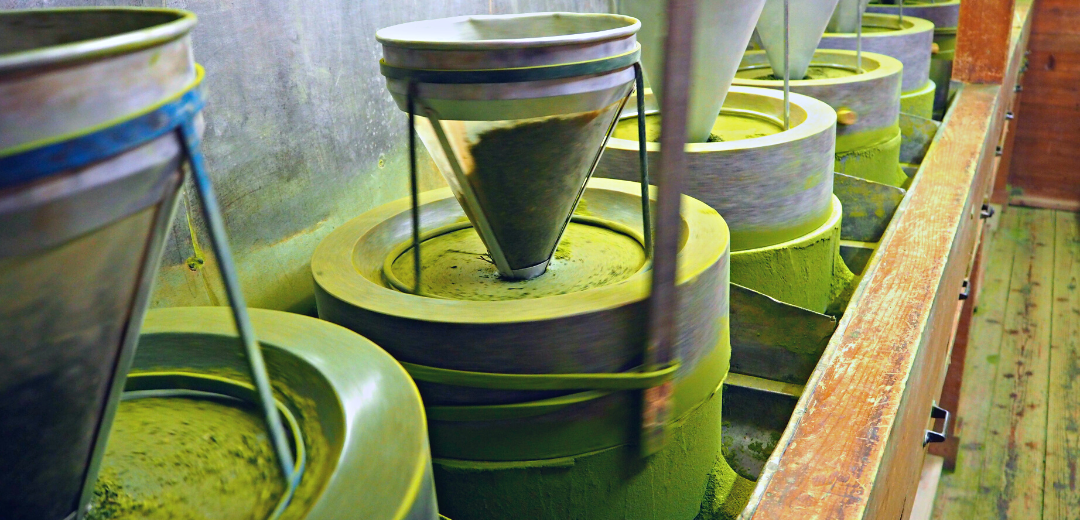
How is matcha tea made?
Matcha tea is made by growing and harvesting matcha leaves, steaming and drying the tea leaves into tencha leaves, then stone grinding the tencha leaves into a fine powder. The process of making matcha tea is incredibly laborious, time consuming, and delicate.
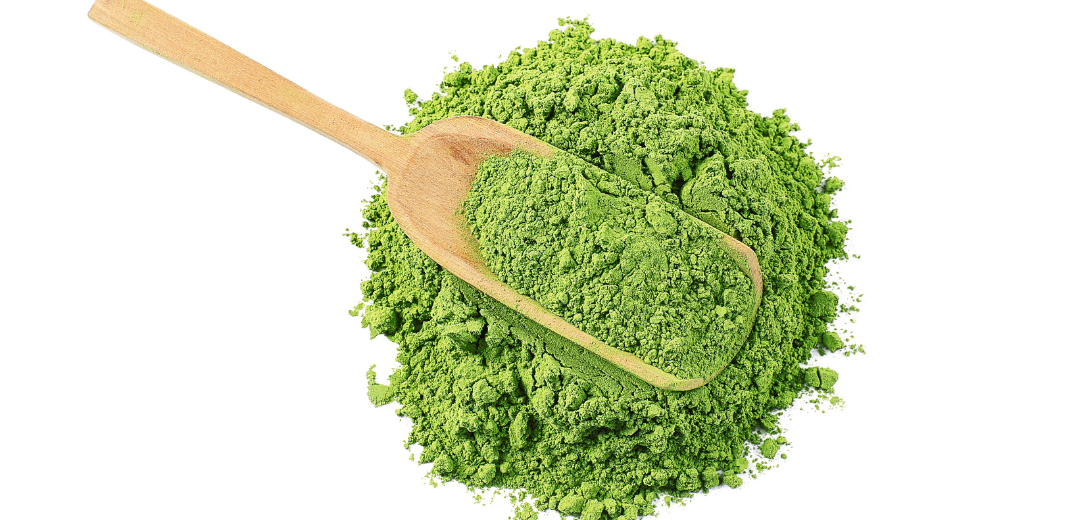
What is matcha made of?
Matcha is made from the camellia sinensis plant. Both regular green tea and matcha come from the same plant. Matcha is shaded before harvest however, unlike green tea plants which remain under full sunlight until harvest. Read more about the differences between matcha and green tea here.
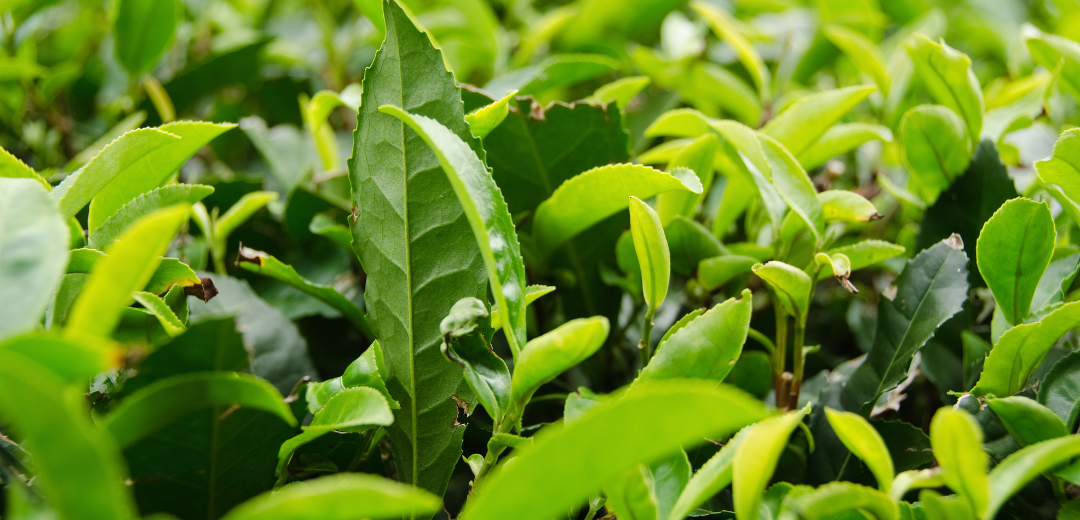
What does matcha taste like?
Matcha leaves have a vegetal, fresh taste if picked off the tea plant and eaten raw. When matcha is steamed, the umami fragrance and flavour are activated in the matcha leaves. The umami component in matcha gives it its subtle sweet flavour, and eliminates the bitterness of the caffeine content in matcha tea.
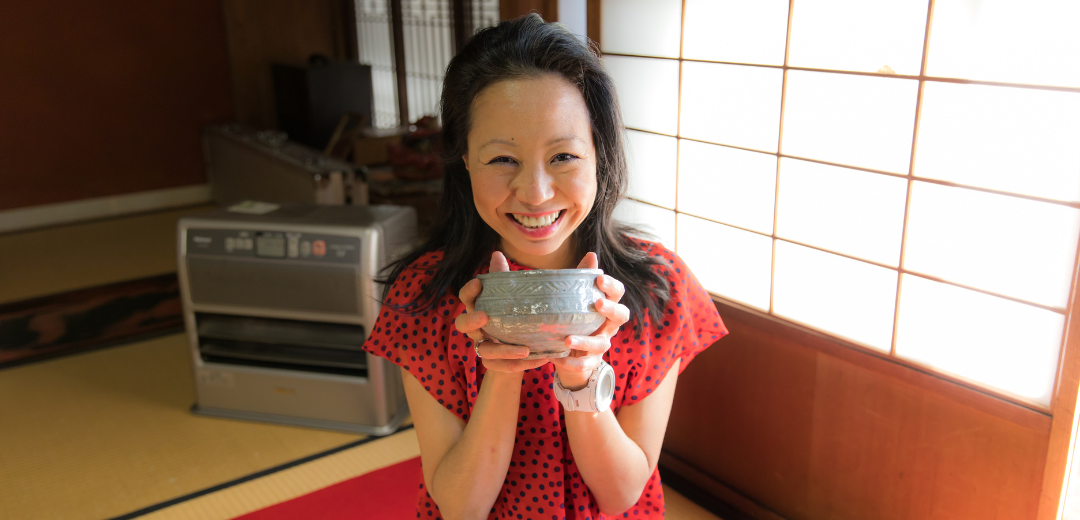
Why shading matcha tea plants is important
Shading matcha tea plants from sunlight has been a traditional practice in Japan's Uji region since the 16th century. Known as oishita saibai in Japanese, meaning 'roof-over method,' shading is critical to develop the umami factor in matcha tea.
Shading matcha plants from direct sunlight changes the chemical structure of the matcha leaves. As a result, they develop l-theanine amino acid, l-arginine amino acid, concentrated amounts of chlorophyll, and polyphenols.
Most importantly, shading tea plants before harvest makes the tea fragrant and taste delicious, without the bitterness of green tea.
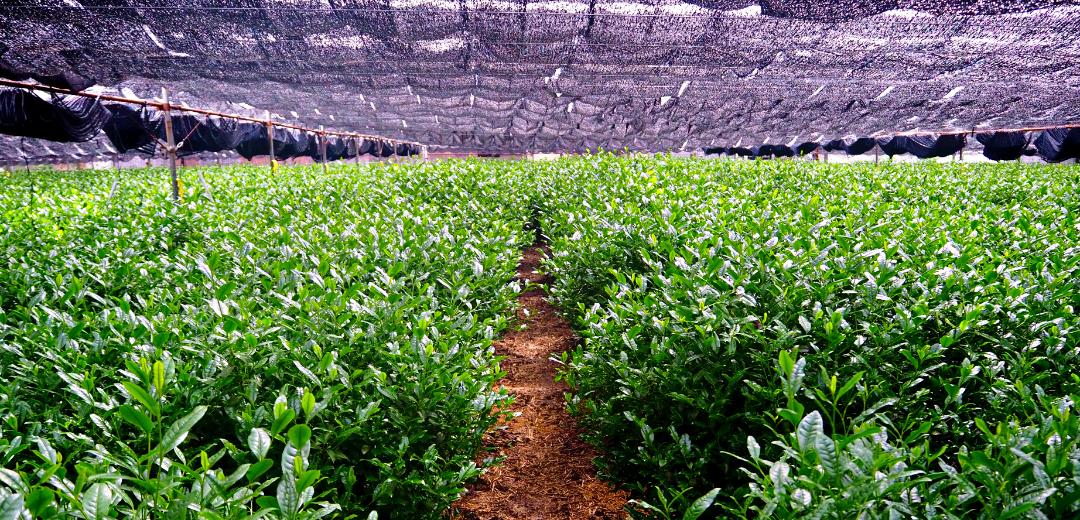
What months are harvest season for matcha?
In Uji, Japan, matcha is harvested in spring. The first matcha plant buds begin to sprout in April or May each year. These first tea leaves of the season are the most prized by matcha enthusiasts. Known as ichibancha, or first flush, they are the prize for an entire year's work by the matcha cultivars. Ceremonial grade matcha tea powder is made from ichibancha tea leaves.
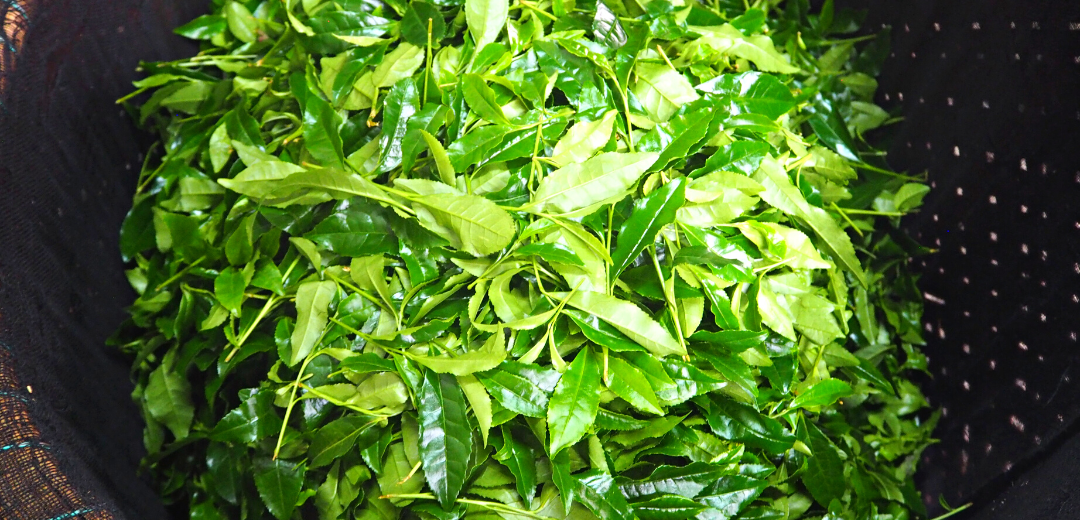
2nd harvest, or nibancha takes place one month after the first matcha harvest. 3rd harvest, or sanbancha, takes place one month after the 2nd harvest. 2nd and 3rd harvested matcha is generally categorized as culinary matcha. While still having beneficial compounds and similarities in flavour to the first spring harvest, culinary matcha is best utilised as an ingredient. Culinary matcha can be used to make matcha latte, matcha sweets, and for baking matcha cookies and cakes.
Learn more about matcha grades here.
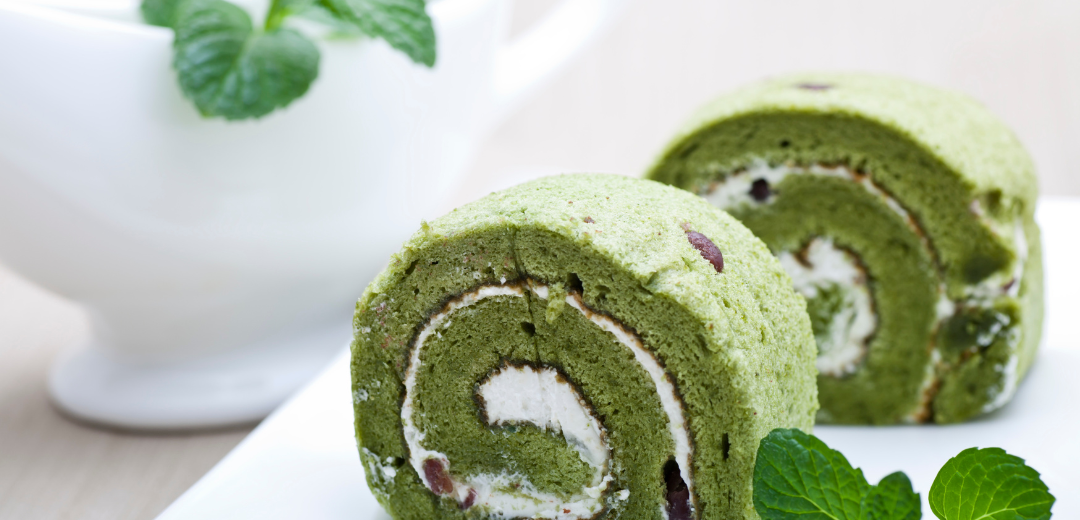
What is tencha?
Tencha is what matcha leaves are called once they are steamed and dried. Green tea leaves are known as sencha after steaming and drying.
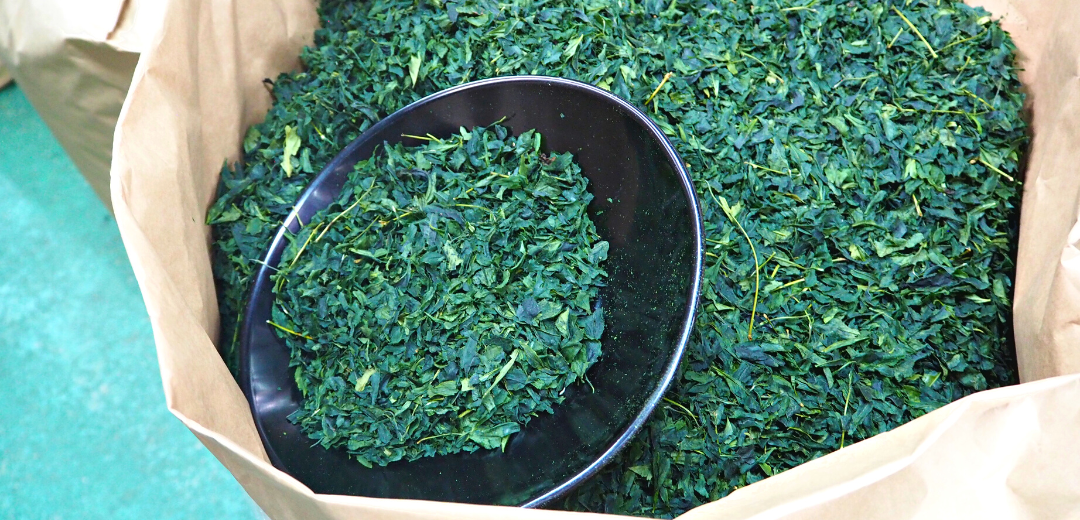
Matcha stone mill process
Authentic Japanese matcha tea is made by stone grinding tencha into a very fine and delicate powdered form.
Done properly, stone grinding should be done in a temperature controlled environment. Our Uji tea farm sets their stone grinding environments at 10 degrees celsius. Heat can destroy matcha powder, which is why our Uji matcha is stone ground at precisely 48 revolutions per minute. This speed produces only 30 grams of powder per hour, per stone grinder. However, it protects the delicate properties within the matcha from heat degradation.
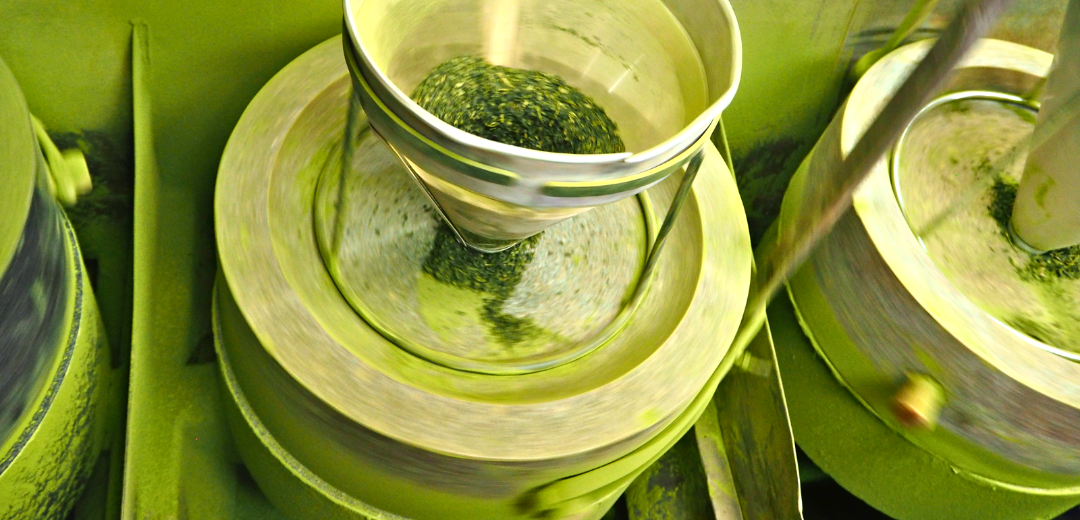
The importance of matcha powder particle sizes
Matcha powder particle sizes should be of varying levels to ensure a balanced flavour. Stone grinding tencha at 48 revolutions per minute ensures the balance in the particle sizes of the matcha powder. This balance is essential for creating delicious matcha. It should have a depth of flavour, as well as a full bodied and balanced taste.
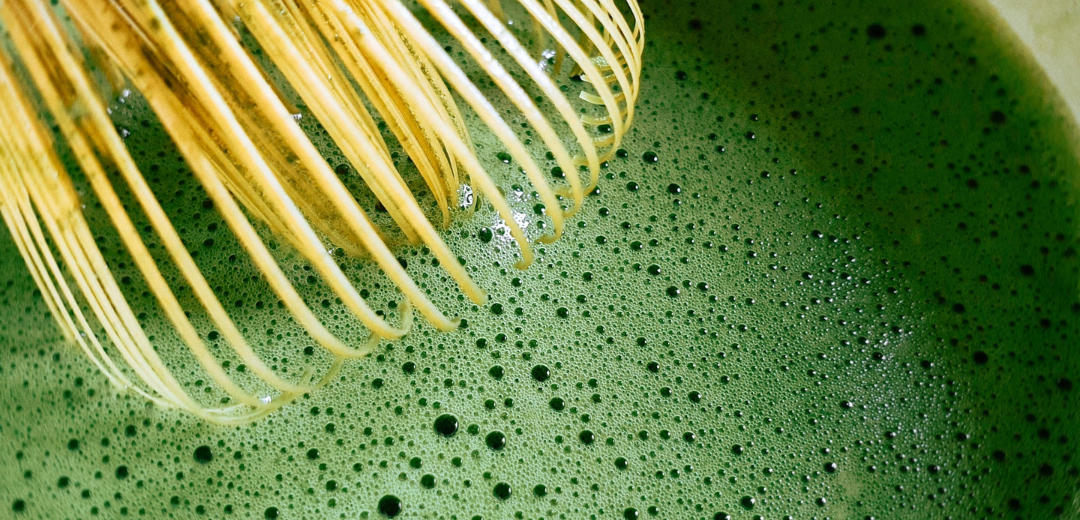
Japan's most prestigious matcha
Uji is the birthplace of matcha, with its origins dating back over 800 years. Today, Uji matcha is the most prized of all. Modern times call for modern measures, and with the help of today's technology, ancient techniques for curating fine quality matcha are still used.
In Uji, only 60 farming families are left growing the tea.
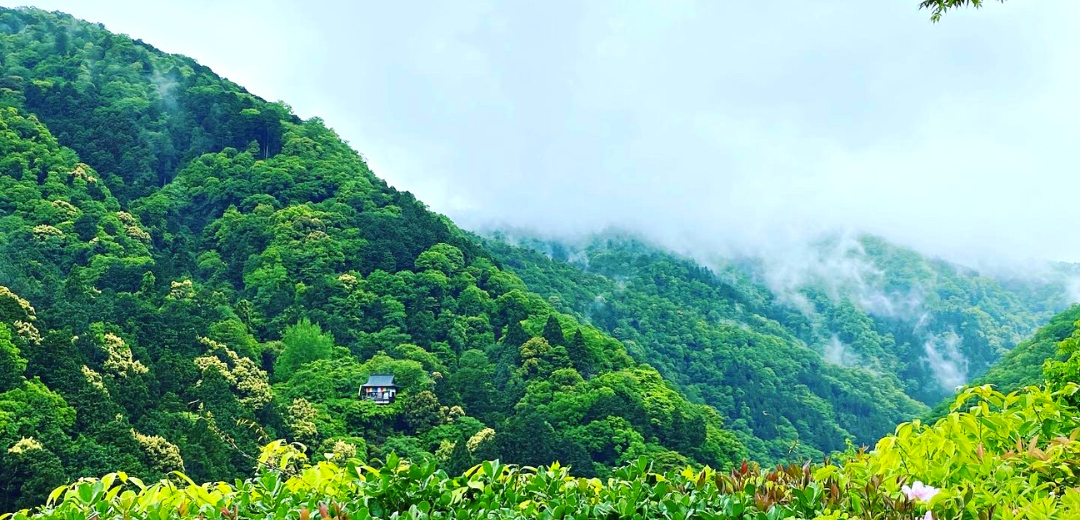
Why is matcha expensive?
Matcha green tea is expensive because it's an extremely labour intensive undertaking for the growers that produce it.
Ceremonial grade matcha powder offers leaner profits for the growers, which is why it's becoming less available (at least, the authentic and highest quality ceremonial grade).
More money can be made from the cheaper 2nd and 3rd harvests. This is also why it's important to know which harvest your matcha is made from. Quite often, brands will market that their matcha is organic, while not disclosing what harvest it is from.

Why Japanese matcha is the best
The most authentic matcha green tea comes from Japan. With its rich history, its cultural importance and role in Japanese tea ceremony (chanoyu), standards of cultivation in Japan cannot be replicated.
Matcha is now produced in other parts of the world, with China and Korea supplying a large section of the global matcha market. However, cultivation and processing practices are more commercialised. For Japanese growers, achieving excellence is the highest priority. It's their duty to their ancestors before them.
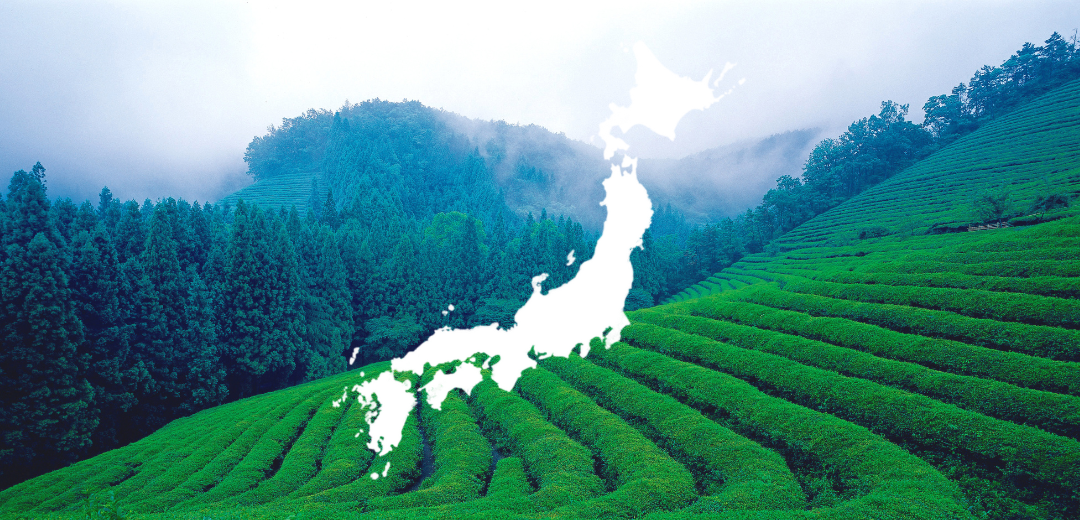
Want to try delicious ceremonial grade matcha from the first spring harvest?
We are exclusive suppliers of 100% organic matcha from a historical tea farm in Uji. Our matcha is harvested only once each year, in spring. We use the finest quality tea leaves from the first flush.
Our Uji matcha is certified organic, rich in l theanine amino acid, antioxidants, catechins, particularly epigallocatechin gallate (EGCG), vitamin c, nitrogen, and more!

High Quality Japanese Matcha Green Tea Powder. What is it?
With its roots in Japan, matcha has a rich history. Today, matcha is becoming more widely known for its many health benefits. Discover everything you need to know about matcha here.
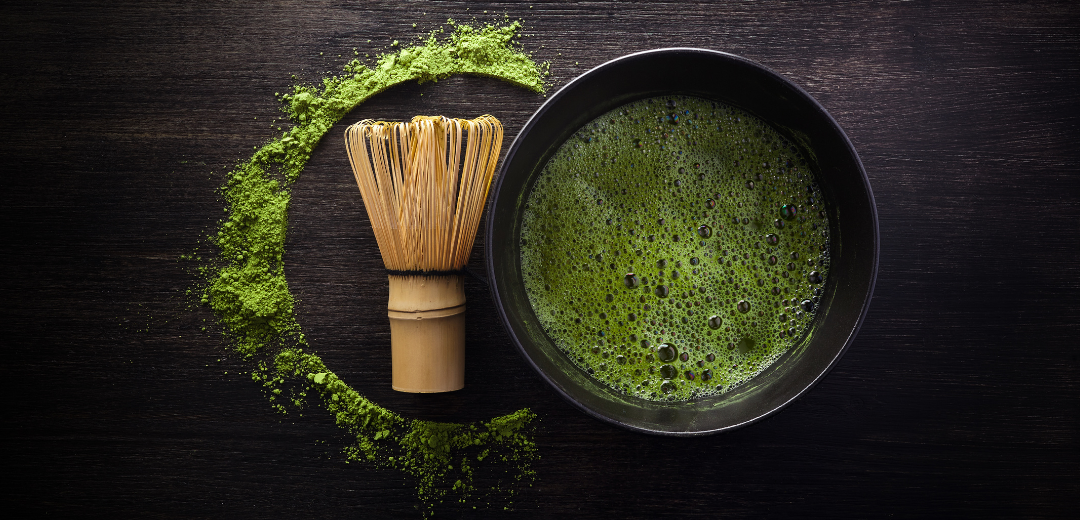
High Quality Japanese Matcha Green Tea Powder. What is it?
High quality matcha from Japan is a form of powdered green tea. It is made from harvested tea leaves that have been shaded from sunlight. They are then steamed, dried, and stone ground into a delicate powder
High grade matcha is smooth and delicate in texture, has a vibrant green colour, a pleasing umami fragrance, and a very mild, authentic taste.
Japanese matcha tea has a rich history in Japan dating back centuries. As the center piece of Japanese tea ceremony, matcha represents harmony, elegance, and tranquility. Matcha is also versatile and has been adopted by the modern culinary world. It's popular in sweets, matcha latte, as an ingredient for baking; the list goes on.

Organic Matcha
Organic matcha tea is made without the use of synthetic fertilizers and harmful pesticides.
Organic tea farms in Japan work tirelessly year-round to maintain their crops. Cleanliness is imperative to keep the bugs and insects out. The tea plants must be trimmed by hand. Soil quality must also be carefully managed. But it's a labor of love for the traditional matcha tea farms in Japan.

Artisan Crafted Japanese Uji Matcha
Organic Uji matcha is the most authentic and highest quality matcha tea. Our Uji tea farm uses traditional methods that have been established over its 270 years in operation. Now a twentieth generation family business, producing matcha tea to the highest standards is how they pay respect to their ancestors.
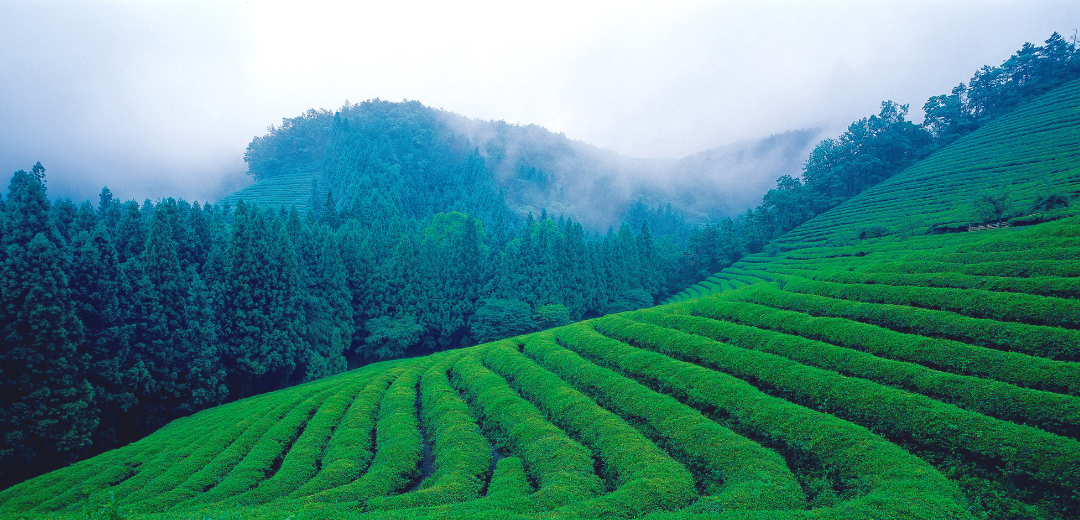
Our matcha tea is shaded for a lengthy 30 days before it is harvested in spring. This is 10 days longer than the standard protocol for matcha production in Japan. The extra shading time enhances the umami flavor in their organic matcha powder.
Being a generationally run business, the family live and breathe matcha. Growing up learning about matcha tea, its history, Japanese tea ceremony (chanoyu), and best practices to cultivate matcha, is the reason why our matcha professionals are the best at what they do. Only trained eyes can produce artisan crafted Uji matcha.
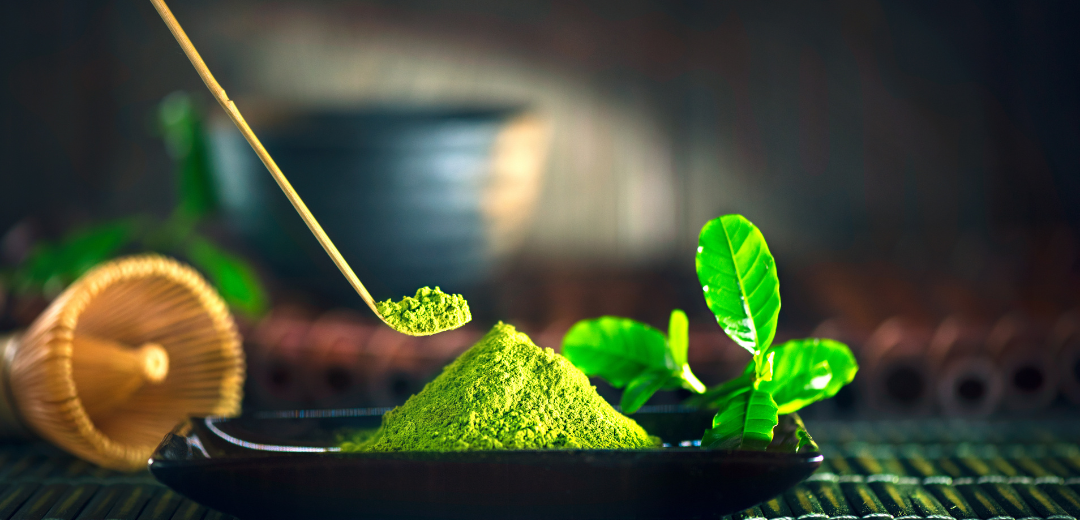
Is Uji Matcha good for you?
Matcha contains catechin compounds including epigallocatechin gallate (EGCG). Matcha tea may help protect you from free radical damage, thus reducing your risk of chronic disease.

Health Benefits of Drinking Matcha
Matcha green tea powder has a long list of health benefits.
Matcha tea contains concentrated amounts of antioxidants, l theanine amino acid, chlorophyll and various other powerful tea plant compounds.
Drink one cup of matcha tea daily to:
-
protect your body from free radicals
-
strengthen your immune system
-
improve your focus and memory
-
improve your sleep
-
increase your physical strength
Matcha green tea powder is also beneficial for weight loss, increased energy levels, and eye health benefits.
Read more about organic matcha tea health benefits here.
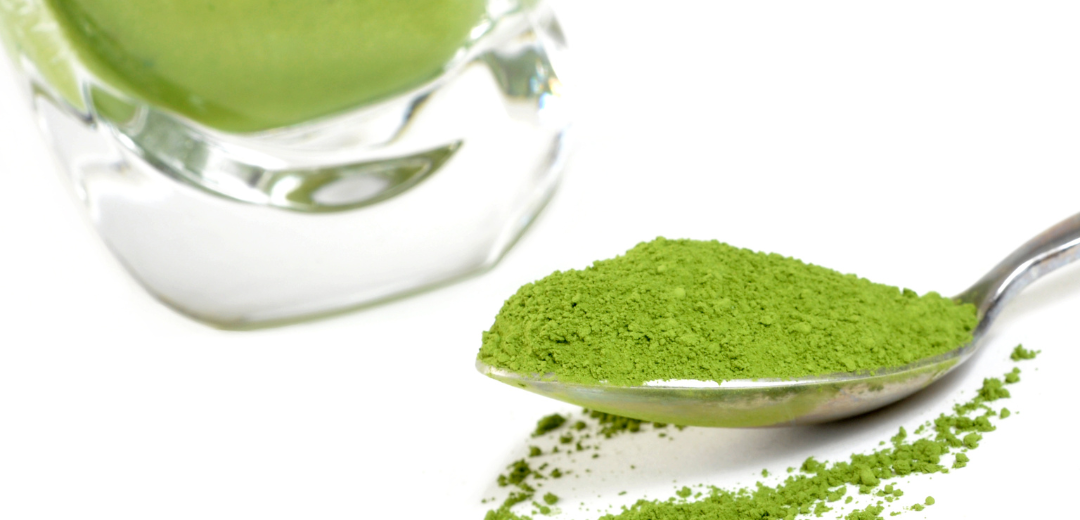
Is matcha green tea powder same as green tea powder?
Matcha and green tea powder have different properties. They come from the same camellia sinensis tea plant. Both are categorized into green tea. Depending on their manufacturing methods, each produces its own different flavours, nutrient profiles and colours. Read more about matcha vs green tea here.
The best thing about quality matcha is how versatile it is.
Not everyone has time to whisk their matcha. In Australia where smoothies and juices are common amongst health conscious individuals, matcha can be easily incorporated. Simply blend a teaspoon of matcha powder with your smoothies, add to your protein powder, or shake it up with your favourite juice.
Hot or cold, the options are almost endless. Matcha is also a great coffee substitute. It still contains caffeine, however much less than a regular cup of coffee.
If you're a tea enthusiast and interested in whisking your matcha the traditional way, click here for more info.
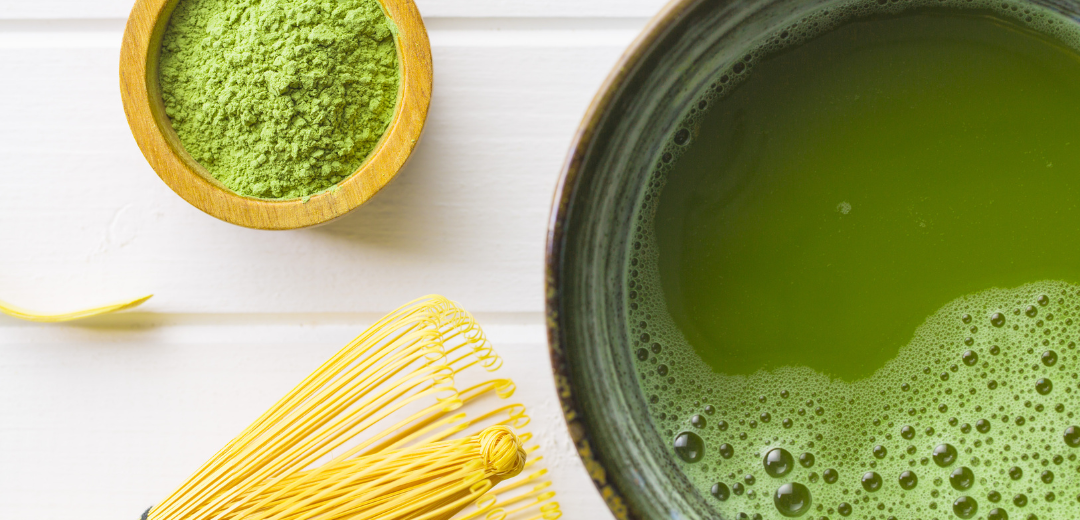
Shop for ceremonial grade, organic Uji matcha green tea here.

